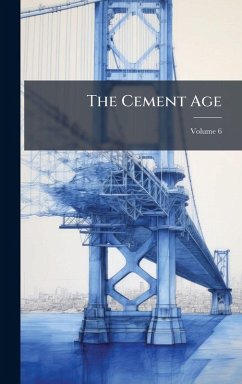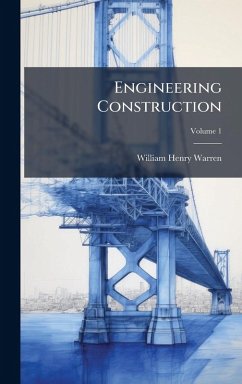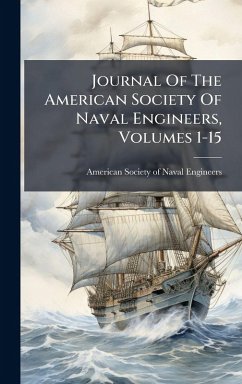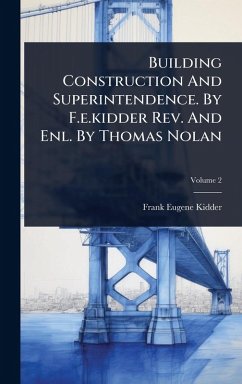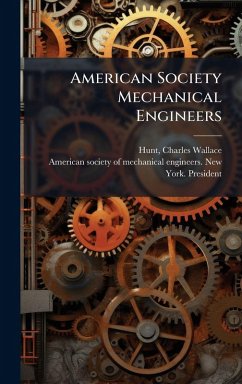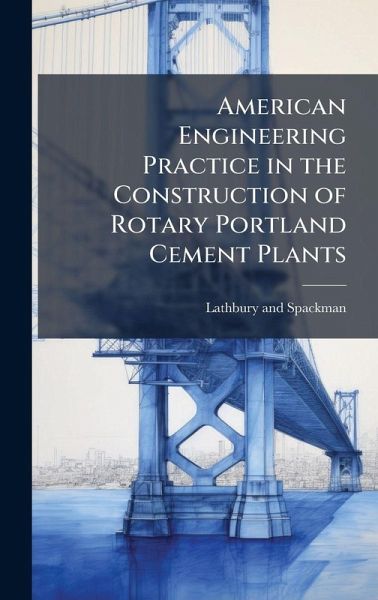
American Engineering Practice in the Construction of Rotary Portland Cement Plants
Versandkostenfrei!
Versandfertig in über 4 Wochen
30,99 €
inkl. MwSt.

PAYBACK Punkte
15 °P sammeln!
A detailed look at the design and construction of early 20th-century rotary Portland cement plants by the prominent firm of Lathbury and Spackman. "American Engineering Practice in the Construction of Rotary Portland Cement Plants" offers a comprehensive overview of the engineering principles and practical applications employed in building these significant industrial facilities. This historical record provides valuable insights into the technological advancements and architectural considerations of the era. It serves as a useful reference for historians of engineering, architecture, and indus...
A detailed look at the design and construction of early 20th-century rotary Portland cement plants by the prominent firm of Lathbury and Spackman. "American Engineering Practice in the Construction of Rotary Portland Cement Plants" offers a comprehensive overview of the engineering principles and practical applications employed in building these significant industrial facilities. This historical record provides valuable insights into the technological advancements and architectural considerations of the era. It serves as a useful reference for historians of engineering, architecture, and industrial development, as well as anyone interested in the early days of Portland cement production. This work has been selected by scholars as being culturally important, and is part of the knowledge base of civilization as we know it. This work was reproduced from the original artifact, and remains as true to the original work as possible. Therefore, you will see the original copyright references, library stamps (as most of these works have been housed in our most important libraries around the world), and other notations in the work. This work is in the public domain in the United States of America, and possibly other nations. Within the United States, you may freely copy and distribute this work, as no entity (individual or corporate) has a copyright on the body of the work. As a reproduction of a historical artifact, this work may contain missing or blurred pages, poor pictures, errant marks, etc. Scholars believe, and we concur, that this work is important enough to be preserved, reproduced, and made generally available to the public. We appreciate your support of the preservation process, and thank you for being an important part of keeping this knowledge alive and relevant.



